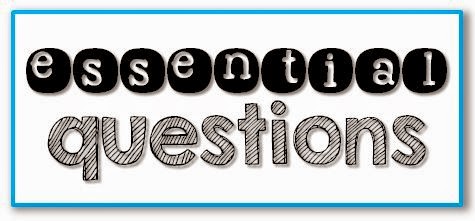I'm SO excited about this post...I've had it written in my head the past few weeks so I hope that YOU will be just as excited as me!
I'm sure you've heard about close reading by now. It's all over blog-land and TpT and
have you been to a professional development on it yet?! I went to a workshop last summer during our district's leadership conference and
it was awful it left me thinking "mehhh." And...I wasn't quite sure how it was applicable to my kindergarten classroom.
I think of the hours upon hours that (as a student) my teachers taught me how to go back and annotate and highlight and FIND THAT ANSWER! {It
is testing season, friends!}
But that's not what close reading is all about. It's about digging deeper than the text and activating our student's schema and making new connections. We are using higher order thinking but basing our answers within the text. We find the evidence {OK?! you upper grade teachers! They are being taught SO young how to do this!} and ask "how did you know that?"
I am really a beginner at this...but seriously, it is amazing the vocabulary and language that our students are using! For most of my guidance I've used the internet and a lot of
Tara's guidance!
So..to start off we only read 1 book a week {yes, we read many other
books for other subjects- but for reading, we stick to 1 text} I like to have something to anchor my students to throughout the week..so I created a focus board for our close reading. Anyone could walk into our classroom and see what we are learning for the week.
{I apologize for the glare...I just have this up on our whiteboard so I can use magnets to tack everything up} I hope to make it an entire bulletin board next year when I have time to rearrange things. If you'd like to snag the labels I used for this board, click
HERE. I just backed them on teal construction paper, laminated, and cut to size!
{don't mind that question mark...totally unrelated to close reading- just higher order questions I ask my kids throughout the week}
Essential questions set the focus for the lesson. I like having my question posted so that we can refer back to it as the lesson moves on. On the day that I took this picture, our focus was vocabulary. {always on Tuesday- day 2} We read through the book for a second time and highlight (on the Smart board) words that were unfamiliar. My kids are SO good at this! It really encourages a child's natural curiosity- so many times they come up with words that I never would have picked out myself. This way they are taking ownership of their learning. {of course...I might "guide" them a little bit to the words I really want to focus on} ;)
I put our words in a pocket chart- I would prefer to use chart paper...but I'm seriously out of room and the pocket chart fit perfectly in the space I have. My KIDS come up with the definitions (with a little guiding of course) Sometimes we do this as groups or partners and act it out - it all depends on what is appropriate for the day and book.
This week we have STAAR testing and my classroom shares a wall with a testing grade so we couldn't get rowdy doing vocabulary. Instead, my students illustrated the definitions in their own way. I love how this student showed "germination"!
I hope you're intrigued!! I will be back with more soon! If you're interested- Tara from Little Minds at Work has some
GREAT posts on close reading. Hop over to her blog to check them out!!




















































